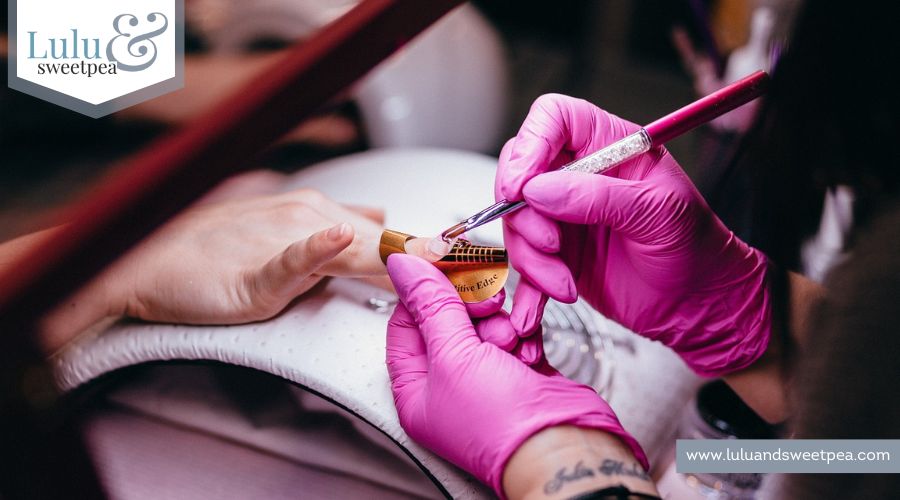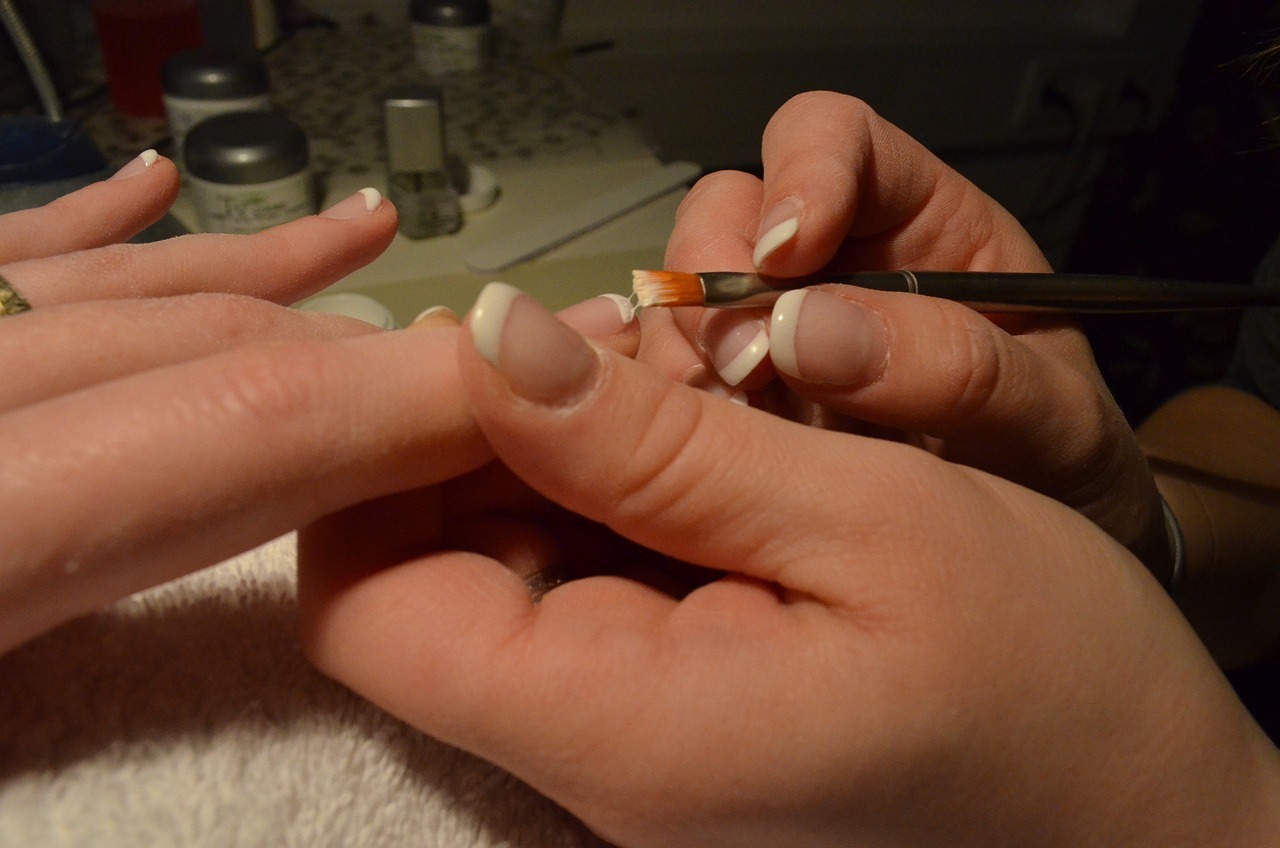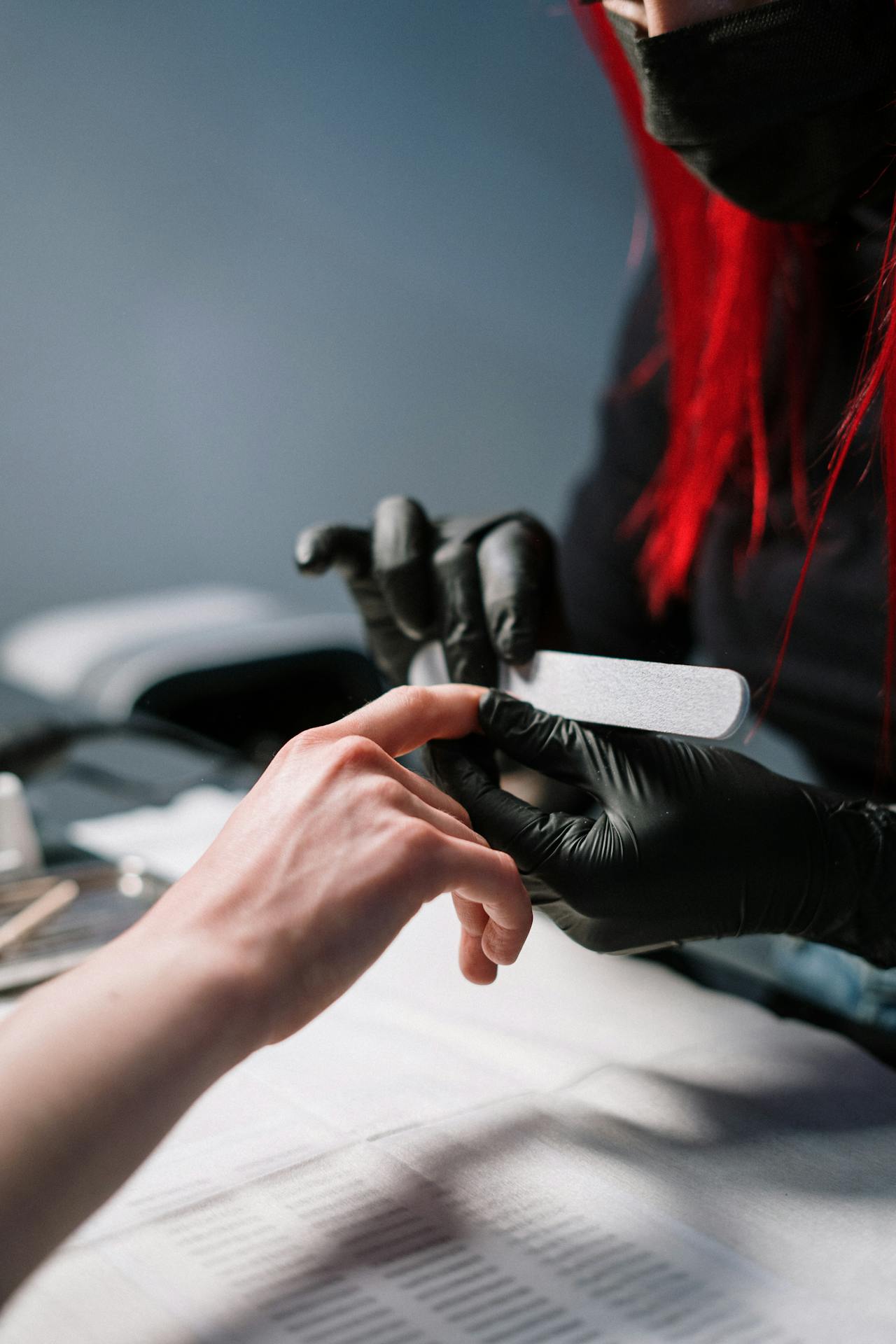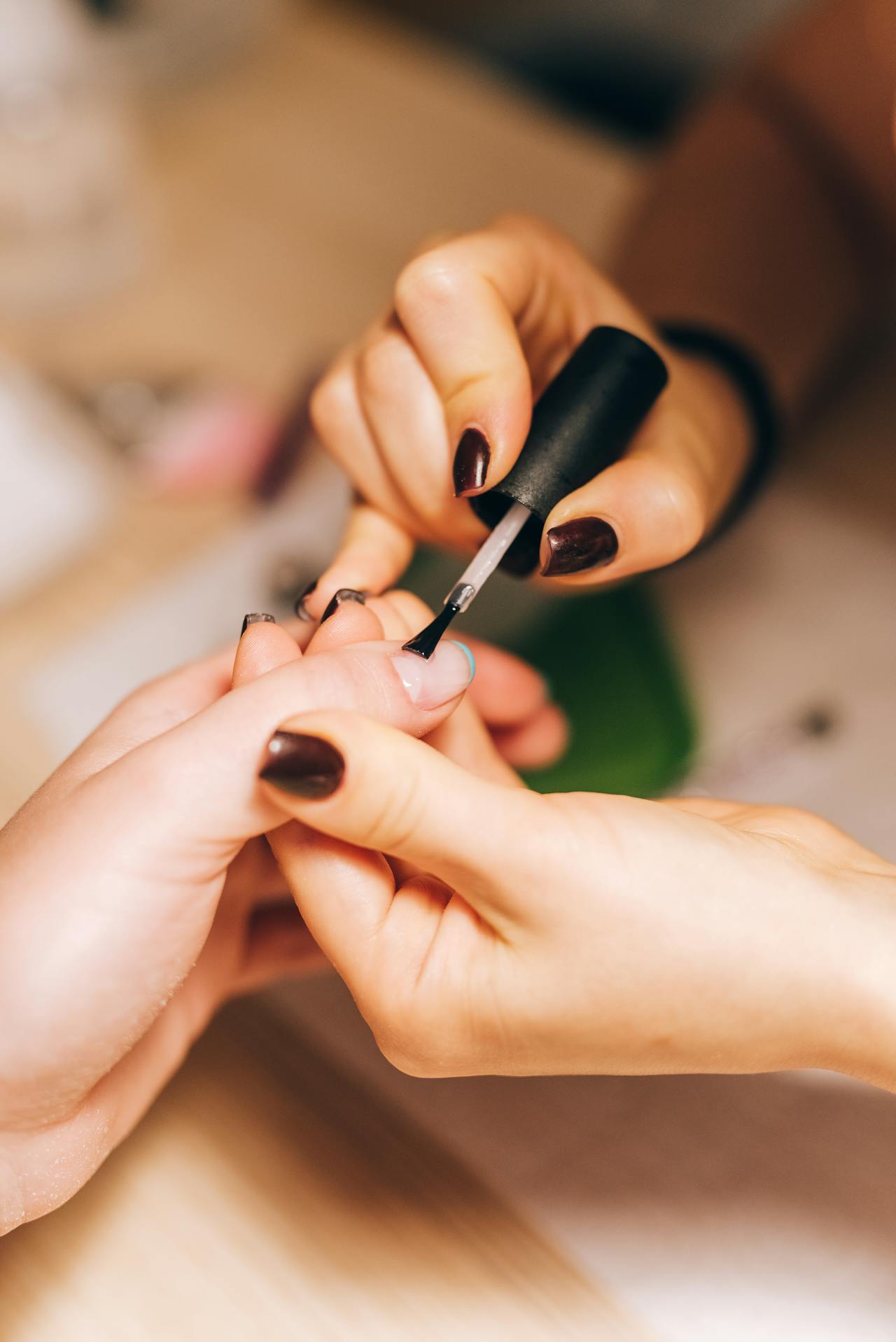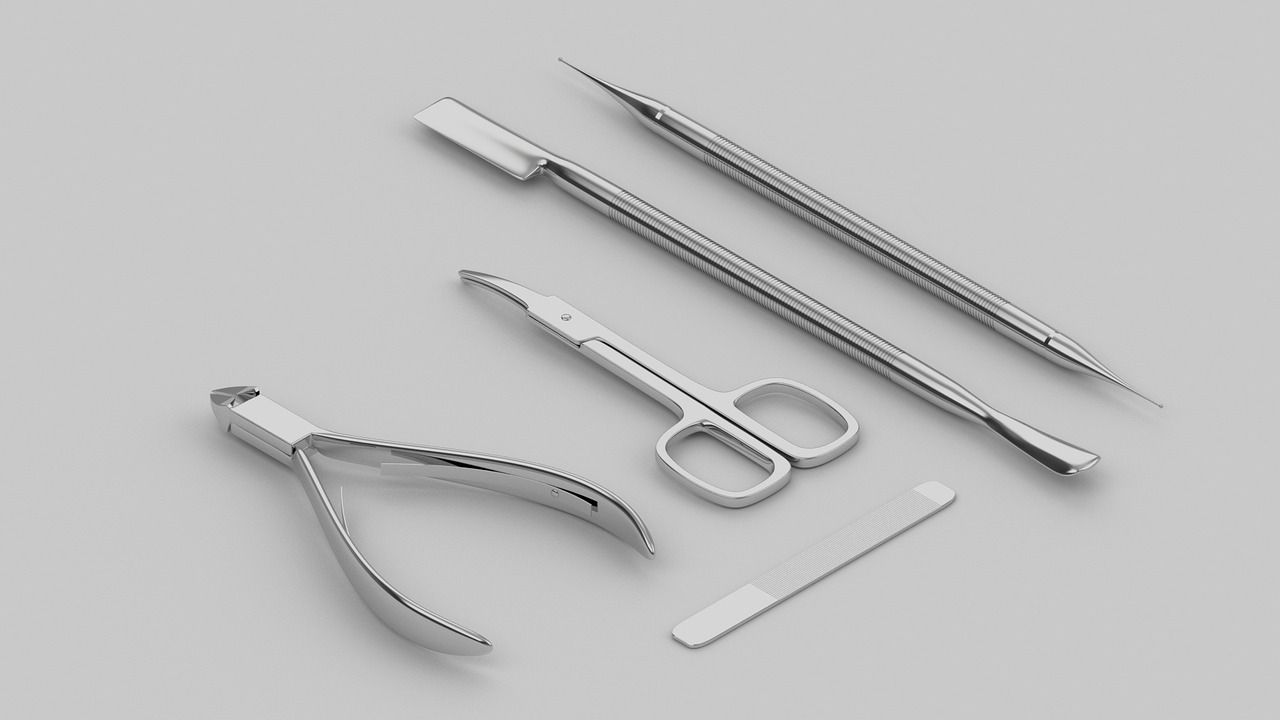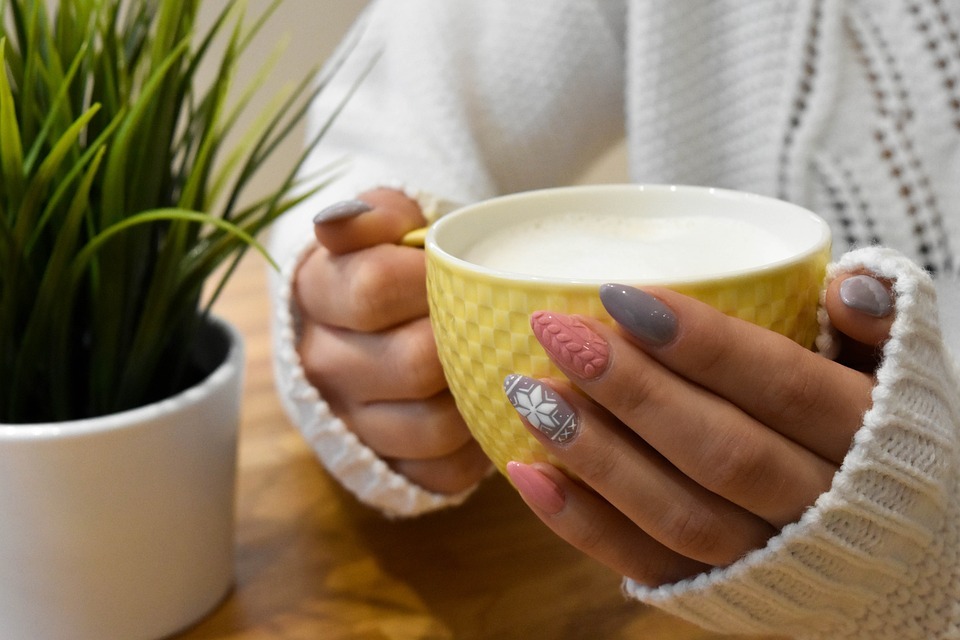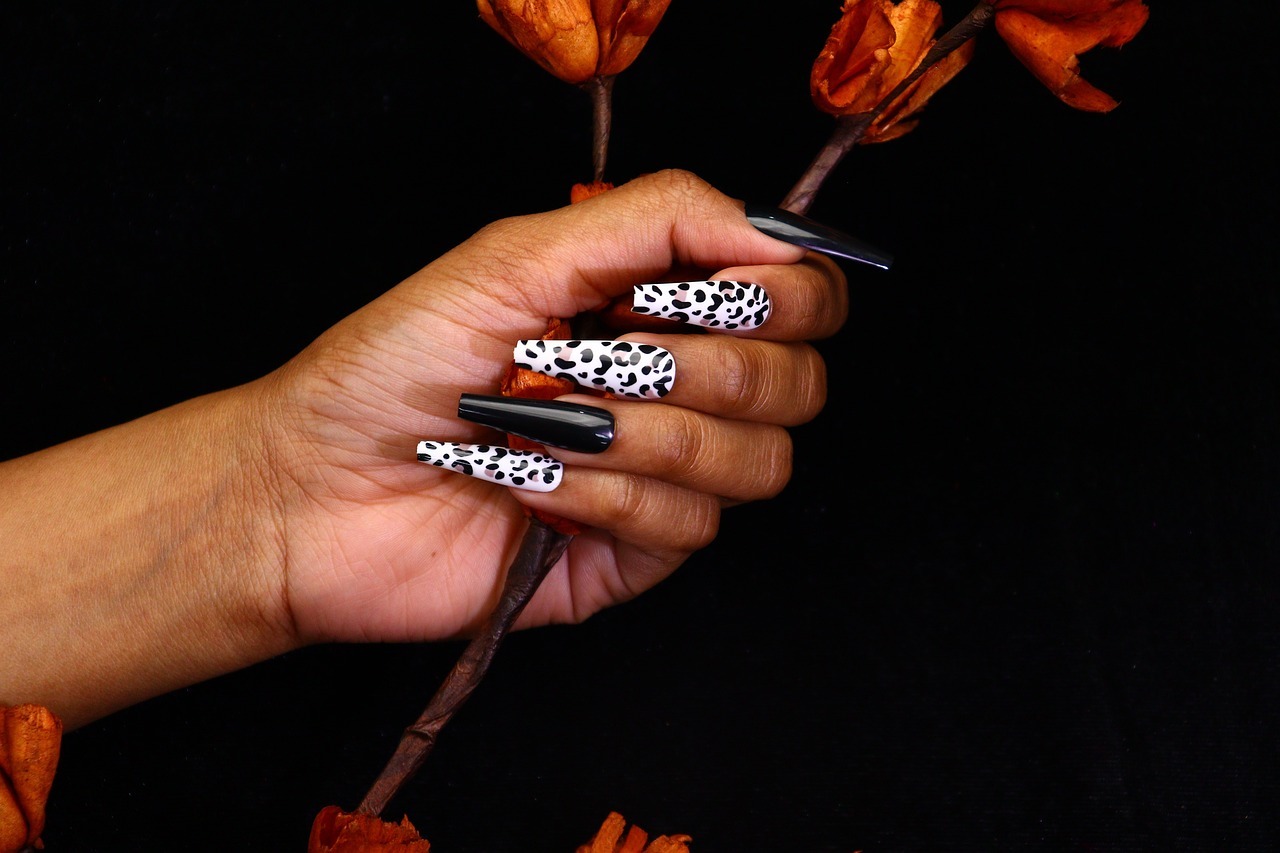Manicures have become a staple in personal grooming and self-care, transcending the simple act of nail care to become a fashion statement and a reflection of personal style. A visit to the nail salon offers more than just a chance to indulge in beauty and relaxation; it’s an opportunity to explore various types of manicures designed to meet individual tastes and lifestyles. From the enduring appeal of classic polish to the durability and shine of gel, each manicure type presents its own set of benefits.
Understanding the spectrum of manicure options can be overwhelming, but it’s crucial for making an informed choice. The basic manicure, favored for its simplicity and no-fuss nature, provides a clean and polished look. On the other hand, acrylic nails cater to those looking for length and strength, while gel nails offer a long-lasting finish with minimal drying time. The nail salon experience is further enriched by emerging trends and techniques, ensuring there’s always something new for beauty enthusiasts to consider.
Navigating these choices becomes easier with knowledge about the longevity, cost, and maintenance required for each manicure type. Some may prioritize a manicure’s durability, while others might value the aesthetics or the health of their natural nails above all. No single manicure fits all, and it’s the personal preferences that guide individuals in selecting the perfect manicure to complement their lifestyle.
Understanding Manicures
Exploring the world of manicures reveals a rich tapestry of styles and practices. From the traditional basic manicure to more modern techniques, this realm is marked by its diversity and adaptability.
History and Evolution of Manicures
The practice of manicuring nails has a storied past, tracing back to ancient civilizations where it was a symbol of social status and refinement. Over time, manicures evolved, with the 19th and 20th centuries seeing the rise of saloons and the development of the basic manicure. The introduction of nail polish revolutionized the industry, leading to an explosion of types of manicures, each catering to different tastes and preferences.
- Ancient Times: Usage of kohl, henna, and other natural substances for nail coloring.
- Early 20th Century: Popularization of the modern manicure with a focus on nail shaping and care.
- Late 20th Century: Emergence of artificial nails, gel, and acrylic manicures.
- 21st Century: Innovations like UV-cured polishes and a surge in DIY nail art.
Different Manicure Settings: Salon vs. DIY vs. Home Kits
Salons offer a professional setting where nail technicians apply their expertise to deliver a wide range of manicure types. Clients can expect meticulous care, from basic grooming to elaborate designs, utilizing professional-grade products and techniques.
- Professional Salon: Ideal for complex manicures and pampering experiences.
- Specialty Salons: Offer services focused on specific types of manicures like gel, acrylic, or nail art.
In contrast, DIY manicures have gained popularity due to their convenience and the personal satisfaction of self-care. Home kits provide the tools and instructions, making a variety of manicure styles accessible to enthusiasts at home.
- DIY Techniques: Range from simple polish applications to more advanced methods requiring specialized products.
- Home Kits: Often include essential items like nail files, clippers, and a selection of polishes.
Each setting offers its own benefits, with professional salons providing expertise and high-quality results, while DIY and home kits offer flexibility and creativity for those who prefer a more personal touch or are mindful of budget constraints.
Types of Manicures
Manicures are a staple of nail care, offering a variety of styles to cater to different tastes and occasions. From the simplicity of a basic manicure to the durability of gel options and the creativity of French designs, there’s a manicure type to suit every preference.
Basic Manicure
A Basic Manicure consists of nail trimming, shaping, cuticle care, hand massage, and often a clear or colored polish application. It’s ideal for those who prefer a simple and clean nail look.
French Manicure
The French Manicure features white tips with a nude or light pink base. It’s known for its classic, elegant style that suits both casual and formal events.
Gel Manicure
Gel Manicures involve applying a gel polish that is cured under a UV light for a long-lasting, chip-resistant finish. It’s perfect for individuals seeking a manicure that endures up to two weeks or more.
Shellac Manicure
A Shellac Manicure is a blend of gel and traditional nail polish, advocating a resilient shine and up to 14 days of chip-free wear. Shellac is both a technique and a branded product.
Dip Powder Manicure
In a Dip Powder Manicure, nails are coated with a special adhesive before being dipped into colored powder. This technique is known for its durability and does not require UV light to cure.
Acrylic Manicure
Acrylic Manicures involve a mixture of liquid monomer and powder polymer that creates a hard protective layer over the natural nails. Acrylics are sought after for their strength and elongation effects.
Vinylux Manicure
The Vinylux Manicure boasts a weeklong wear without chips, using a two-step system with a self-adhering color coat and a top coat that gets stronger with natural light exposure.
American Manicure
An American Manicure is similar to the French, but features softer, more neutral tones for a subtler look. The tips are often a cream or beige color, blending more seamlessly with the base.
Polygel Manicure
A Polygel Manicure combines the best of both acrylics and gel, offering a lightweight, flexible, and strong nail enhancement. This type of manicure is sculpted and then cured under UV light.
Manicure Techniques
In the varied world of manicures, meticulous techniques ensure longevity and beauty of the nails. Each step, from shaping to polishing, plays a vital role in the final appearance and health of the nails.
Nail Filing and Shaping
A manicure begins with nail filing and shaping, a fundamental process to create the desired nail shape, whether it’s rounded, square, almond, or stiletto. The nails are carefully filed using a gentle motion to prevent splitting, with attention to maintaining the strength and integrity of the nail.
Soaking and Cuticle Care
The next step involves soaking the nails in warm water to soften the cuticles and skin. This makes it easier to push back the cuticles and remove any excess skin, promoting a clean nail bed. Accurate cuticle care is essential for preventing hangnails and promoting nail health.
Nail Enhancement Application
Depending on the client’s choice, nail enhancements such as acrylics, gels, or dip powders are then applied. They add strength and length to the nails and serve as a base coat for further applications. Each type of enhancement requires precise application methods to achieve the best adhesion and appearance.
- Acrylics: A combination of a liquid monomer and a powder polymer to form a hard protective layer.
- Gels: Gel polish cured under UV/LED light that provides a glossy, durable finish.
- Dip Powders: A pigmented powder that is activated with a sealant to create a long-wearing overlay.
Polishing and Finishing Touches
Finally, nails are painted with a chosen color and often decorated with nail art. To ensure the color’s longevity, a base coat is applied, followed by the color polish, and then sealed with a strong top coat. Buffing the nails creates a smooth surface for even color application. The top coat acts as a sealant to protect the nail art and enhance the shine.
Products and Tools
The manicure industry offers a wide array of products and tools designed to cater to different styles and preferences. Ensuring that these items are of high quality and proper for the service chosen is crucial for both nail care professionals and DIY enthusiasts.
Regular and Gel Polish
Regular nail polish is a staple in manicures, known for its ease of use and variety of colors. Gel polish, however, requires a UV or LED light to cure and is celebrated for its long-lasting and chip-resistant qualities.
- Regular Nail Polish: Quick-drying, wide color range
- Gel Polish: Longer-lasting, requires UV/LED light
Acrylic and Dip Powder Systems
Acrylic nails are created using a mixture of monomer liquid and acrylic powder, applied over natural nails or extensions and hardened by exposure to air. Dip powders similarly offer longevity and do not require UV light, as they adhere to the nail via a sealant.
- Acrylic Powder: Combined with monomer for nail sculpting
- Dip Powder Systems: Offer durable, pigmented coatings without light curing
Nail Extension Supplies
For those seeking length, nail extensions such as tips or forms are applied with nail glue. Gel extensions are crafted with a thick, curable gel, offering a durable yet flexible extension option.
- Nail Glue: Essential for adhering extensions
- Gel Extensions: Require curing, provide durability and flexibility
Manicure Essentials
The manicure process is supported by several essential tools and products. Isopropyl alcohol cleanses and dehydrates the nail bed before application, while acetone is indispensable for polish removal.
- Isopropyl Alcohol: Prepares and cleans the nail surface
- Acetone: Effective for removing regular and gel polishes
Nail Health and Maintenance
Maintaining nail health is essential to achieve a pristine manicure that lasts. This not only involves proper preparation and application of the manicure but also includes post-manicure care to prevent chipping and damage.
Healthy Nail Practices
Before considering the aesthetic aspects of a manicure, one must prioritize the health of their natural nails. Here are key practices:
- Keep Nails Clean and Dry: This prevents bacteria growth.
- Trim Regularly: Use proper nail clippers.
- Be Gentle: Avoid harsh tools on the nail surface.
Opting for a hot stone manicure not only beautifies nails but comes with a therapeutic massage that promotes circulation for healthier nails.
Manicure Aftercare and Longevity
After a manicure, the following steps will aid in extending the life of the nail treatment and contribute to overall nail health.
- Wear Gloves for Chores: Protects against chips and excessive moisture.
- Hydrate: Apply cuticle oil and moisturizer daily to prevent brittle nails.
- Repair: Fix any small chips quickly to avoid further damage.
Maintenance routines should adjust depending on the type of manicure. For instance:
| Manicure Type | Maintenance |
|---|---|
| Gel | Avoid peeling; UV protection. |
| Acrylic | Fill-ins every 2 weeks. |
| Polish | Top coat every few days. |
By adhering to these practices, one can ensure their manicure remains impeccable and their natural nails stay healthy.
Nail Design and Artistry
Nail design and artistry is an ever-evolving aspect of beauty that reflects ongoing trends and fashion influences. Experienced artists like Julie Kandalec bring a wealth of creativity to the nail plate, transforming it into a canvas for intricate designs.
Current Trends and Influencers
Trends: In the realm of nail design, current trends frequently stem from high-profile events, runway shows, and the creative output of influencers and celebrities. Bold colors, thematic designs reflective of the seasons or holidays, and the incorporation of various textures are popular. Trends are directly influenced by the wider fashion industry, ensuring that nail art remains a complementary aspect of anyone’s style.
- Influencers: Industry leaders like Julie Kandalec not only set trends with their innovative techniques but also inspire their followers to experiment with new designs. Celebrities often highlight these trends on the red carpet, which are then emulated by their admirers and the general public.
Techniques for Nail Art
Nail art encompasses a range of techniques that artists employ to produce their desired effect.
- Stamping: utilizes pre-designed plates to transfer patterns onto the nail.
- Hand-Painting: demands a steady hand and a fine brush to create detailed images or patterns.
- Airbrushing: sprays polish onto the nails through a stencil for a smooth finish.
- Decals and Stickers: offer a quick and simple way to add intricate designs that might be too complex to hand-paint.
- Foiling: applies metallic foils for a reflective effect.
Artists must maintain a thorough understanding of these techniques to achieve precision and to bring their creative visions to life.
Choosing the Right Manicure
Selecting the most suitable manicure involves understanding one’s daily habits, budget limitations, and the specific events or purposes for getting their nails done. Various nail shapes, like oval, square, coffin, almond, and stiletto, play a significant role in the manicure choice.
Based on Lifestyle and Preferences
A person’s daily activities heavily influence the type of manicure that will be most beneficial. For those with active lifestyles that involve a lot of hands-on activities, durability is key; hence, gel manicures are often preferred for their lasting quality. Nail shapes like oval or square are practical and resist chipping, making them ideal for individuals who work with their hands. Conversely, more decorative styles like stiletto or coffin may be more suited to someone with a less hands-on lifestyle.
Budget Considerations
When choosing a manicure, one must consider their budget as prices can range significantly:
- Basic Polish: $10-$15
- Gel: Typically higher priced due to process
- Acrylic: Varies, can be more costly with designs or length
Investment in a manicure should align with the individual’s willingness to maintain it since some manicures require more frequent upkeep which can incur additional costs.
Occasion and Purpose-Fit
Manicures often complement an occasion or fulfill a specific purpose. For a formal event, one might choose a sophisticated almond shape with a classic polish, adding an air of elegance. In a professional setting, simple shapes like oval or square with a neutral color serve well. On the other hand, a holiday or celebration might warrant more elaborate designs or daring shapes like coffin or stiletto. Understanding the context of the event will guide a person toward an appropriate manicure choice.
Advanced Manicure Services
The advanced manicure services section delves into high-level nail care options that blend various nail treatment techniques and offer an array of luxurious enhancements for those seeking an exceptional nail salon experience.
Hybrid Techniques and Treatments
Hybrid Manicures: These manicures combine elements from different methods, such as incorporating the longevity of a gel manicure with the strength of acrylic nails. Often, technicians apply shellac as a hybrid solution that allows for a high-gloss finish and durable wear.
Dip Powder Manicures: Highly praised for their durability, dip powder manicures involve dipping nails into colored powder and then sealing them with a protective clear coat. This technique excludes the need for UV light and can provide a longer-lasting finish than traditional gel manicures.
Polygel Manicure: This is a breakthrough in nail enhancement, offering the strength of acrylics with the flexibility of gel. Polygel is applied to natural nails and cured under UV light, providing a light, strong, and natural-feeling nail extension.
Luxury Manicures and Special Enhancements
Paraffin Manicure: This therapeutic treatment includes a warm paraffin wax bath, which deeply moisturizes and softens the skin. It is often coupled with a soothing hand massage for a relaxing experience.
Press-On Manicure: For those desiring a quick and customizable nail enhancement, press-on manicures provide a wide variety of designs, from the subtle American manicure to the classic French tip. They utilize safe and effective nail glue to attach pre-designed fake nails that can be easily removed.
Luxury Add-Ons: Available enhancements include intricate nail art, nail glitters, and embellishments like Swarovski crystals. These options are designed for clients seeking a personalized and unique nail appearance that stands out.
Conclusion
In the realm of nail care, manicures stand as pivotal treatments for maintaining both the beauty and health of one’s nails. Throughout this guide, the diversity of manicure types has been illuminated, each tailored to various preferences and lifestyles.
For those seeking simplicity and minimal maintenance, a basic manicure offers clean, shaped nails often complemented with a single color polish. It’s an ideal choice for routine nail care. Gel manicures have surged in popularity due to their long-lasting luster and diverse color options, hence making them suitable for individuals desiring a more enduring and chip-resistant result.
The beauty of a French manicure lies in its timeless elegance, characterized by its pale pink base and white tips. Despite its surge in the ’90s, it continues to be a classic preference for many seeking a sophisticated and neat appearance. On the other hand, those wishing to indulge in a more luxurious treatment might opt for intricate designs and embellishments, often found in high-end nail salons.
The health of one’s nails should never be compromised for aesthetics. Therefore, selecting a manicure that promotes nail strength and minimizes damage is crucial. Regular visits to a trusted nail salon, where hygiene and the quality of materials are prioritized, contribute significantly to the overall nail health.
Innovations in nail care continue to emerge, broadening the scope of options available. Whether it’s a subtle enhancement or a bold fashion statement, the world of manicures offers a vast palette to express one’s personal style while caring for the natural nail beneath.
